Sometimes, all you need is a little space to make room for a lot more in life.
Have you ever looked around your home and thought, “Where did all this stuff come from?” You’re not alone.
According to the Self-Storage Association, nearly 1 in 10 households in the U.S. rent a storage unit, and one of the most popular options is the 10x30 storage unit.
It’s spacious, versatile, and ideal for large storage needs — but just how big is it, and what can it really hold?
Imagine a space about the size of a large two-car garage; that’s roughly 300 square feet of floor space. However, with nearly 2,400 cubic feet of usable space, a well-packed 10x30 storage unit can store more than you might expect.
If you're wondering what fits in a 10x30 storage unit or if it’s even worth it, you’re in the right place. In this guide, let’s break down everything you need to know about a 10x30 storage unit.
Understanding the Size of a 10x30 Storage Unit
If you've never used self-storage before, a 10x30 storage unit might sound massive — and that’s because it is. This size offers an impressive amount of space and can handle nearly any residential or business storage need.
Exact Dimensions and Volume
A standard 10x30 storage unit is:
- 10 feet wide
- 30 feet deep
- Usually around 8 feet tall
This gives you a total of:
- 300 square feet of floor space
- 2,400 cubic feet of storage volume
That’s enough space to hold the contents of a fully furnished 4- to 5-bedroom house, including appliances and outdoor gear.
What Does That Size Look Like in Real Life?
To help you visualize it, a 10x30 storage unit is similar in size to:
- A large two-car garage
-
A 26-foot moving truck (fully loaded)
- A small warehouse aisle
- A large retail stockroom
If you're storing boxes or bins, you could easily fit:
- Around 600–650 medium-sized boxes
- Multiple bedroom sets, full living and dining room furniture, and large appliances stacked on top
- Seasonal gear like skis, holiday decorations, camping supplies, and yard tools
Layouts May Vary Slightly
Not every 10x30 storage unit is built the same. Depending on the facility, you might find:
- Taller ceilings (some go up to 8 ft or more)
- Wider or double-door units for better accessibility
- Indoor vs. drive-up access points
All of these can affect how much and what you can store. That’s why it’s helpful to check the unit type and layout when reserving.
Types of 10x30 Storage Units
While every 10x30 storage unit offers the same amount of floor space, the type of unit you choose can impact how you use it. Most self-storage facilities offer a few different types to match various needs, whether you’re storing personal items, business supplies, or seasonal gear.
Let’s take a look at the most common types of 10x30 storage units.
Indoor 10x30 Storage Units
Indoor units are located inside the storage building and are typically accessed via secure, climate-controlled hallways. This setup provides added protection from the weather, pests, and dust.
Benefits of indoor units:
- Often climate-controlled
- Protected from outdoor elements
- Well-lit, clean, and secure
- Ideal for storing electronics, documents, clothes, or collectibles
Outdoor 10x30 Storage Units
Outdoor units are accessible from the outside of the building, often with drive-up access similar to a small garage. These are great if you want quick and easy loading or unloading.
Best for storing:
- Heavy items like small furniture or bins
- Tools and equipment
- Items you access frequently
Outdoor 10x30 storage units are typically not climate-controlled, so they're better suited for belongings that are not temperature-sensitive.
Climate-Controlled 10x30 Storage Units
Climate-controlled storage keeps your items in a stable temperature and humidity range, which helps protect them from damage due to heat, cold, or moisture. These units are especially useful for delicate or valuable items.
Perfect for storing:
- Wooden or leather furniture
- Photos, books, or documents
- Electronics or musical instruments
Climate-controlled 10x30 storage units are typically indoor units, but some facilities may also offer outdoor versions with temperature control.
What Can You Fit in a 10x30 Storage Unit?
If you're looking at a 10x30 storage unit and wondering if it’s big enough for your stuff. At first glance, 300 square feet might not sound like much. But when used wisely, this space can hold a surprising amount of belongings.
Let’s break it down so you know exactly what fits in a 10x30 storage unit.
Common Household Items That Fit
It’s a great option for storing personal or household items you don’t need daily access to.
Here’s what can typically fit inside:
- Contents of a 4- to 5-bedroom house
- Multiple full bedroom sets (beds, nightstands, dressers)
- Large sectional sofas, recliners, and entertainment centers
- Major appliances (washer, dryer, fridge, freezer, oven)
- Full dining room sets (table, chairs, hutch)
- Home gym equipment like treadmills, weights, and benches
- Dozens of large boxes, totes, or bins
- Bicycles, strollers, and sports gear
- Large items like patio furniture, grills, and tool chests
Business or Office Items
A 10x30 self-storage unit is also a popular choice for small businesses or remote workers who need extra space for:
- Commercial inventory or overstock products
- Large office furniture, including desks, conference tables, and shelving units
- Equipment and tools for contractors, landscapers, or service providers
- Trade show booths, marketing displays, or pop-up shop setups
- Archived files, records, or product samples
- Fulfillment supplies for eCommerce businesses
Seasonal or Specialty Storage
Need to swap out items throughout the year? A 10x30 storage unit is the perfect solution for:
- Storing entire households between moves or during renovations
-
Boats, trailers, motorcycles, or ATVs (if allowed by the facility)
- Lawn mowers, snow blowers, and other seasonal yard tools
- Holiday decorations, artificial trees, and lighting
- Camping and outdoor adventure gear
- Hobby or collector's items, like model trains or comic book storage
- Extra furniture or appliances during estate cleanouts or transitions
Recommended Uses for a 10x30 Storage Unit
A 10x30 storage unit is incredibly versatile when used for the right purpose. Whether you're a student, a business owner, or someone just looking to reclaim a bit of space at home, this unit can help in more ways than you might expect.
Let's examine who benefits most from a unit of this size.
Who It’s Best For
- Homeowners moving or renovating a large home: It is perfect for storing the full contents of a 4- to 5-bedroom house, including appliances, garage items, and outdoor furniture.
- Real estate agents or home stagers: Store excess furnishings, décor, and staging supplies without cluttering up office space.
- Small to mid-sized business owners: It is ideal for inventory management, seasonal stock, event gear, and even bulky equipment.
- Families undergoing life transitions: Useful for estate cleanouts, combining households, or handling long-term relocations.
- Vehicle owners (with facility permission): It can often accommodate cars, motorcycles, trailers, or even small boats, depending on height and entry clearance.
Situations When This Size Is Ideal
- Cross-country or long-distance moves: When your moving timeline spans weeks or months, a 10x30 keeps everything in one secure spot.
- Multi-generational storage: Store furniture, heirlooms, and belongings from multiple family members in one organized unit.
- Business expansion or downsizing: Whether you’re scaling up or needing off-site space, this size can support flexible business transitions.
- Event or seasonal business storage: Great for holiday supply overstock, trade show displays, or pop-up shop materials.
- Garage or basement overflow: Reclaim your home storage areas by moving bulkier items into a dedicated, secure space.
Special Features & Add-Ons to Look For
Not all 10x30 storage units are built the same. Beyond just square footage, the real value often comes from features and extras that make your storage experience more secure and more convenient.
Here are some of the most useful features to look for when choosing a 10x30 storage unit.
Climate Control
A climate-controlled 10x30 storage unit helps protect your items from extreme temperatures and moisture. If you're storing anything sensitive to heat, cold, or humidity — like electronics, books, wooden furniture, or clothing — this is a must-have.
Secure Access & Facility Features
Security matters — even for a small unit. Look for storage facilities that offer:
- 24/7 surveillance cameras
- Gated access with keypads or app-based entry
- Individual unit alarms (at some locations)
- Well-lit hallways and exteriors
These features give you peace of mind that your belongings are safe, even if you're not checking in frequently.
Convenient Loading & Unloading
Storage shouldn’t be a hassle. A few small perks can go a long way:
-
Carts and dollies available onsite
- Elevator access for multi-story indoor facilities
- Drive-up access for outdoor 10x30 units
- Wide hallways and loading bays for easier movement
Especially if you’re moving heavy boxes or furniture into your 10x30 storage unit, these extras can save time and your back.
Digital Tools & Support
Modern storage facilities often come with digital conveniences that make managing your unit even easier:
- Online rentals and payments
- Mobile app for gate access
- Auto-billing and reminders
- Virtual unit tours or size guides
If you're comparing facilities, don’t just look at price — check what kind of support and tech they offer, too.
Cost of a 10x30 Storage Unit
The real cost of renting a 10x30 storage unit is more than just looking at the monthly rate. Let’s break down everything so you're fully informed.
Monthly Rental Costs
Based on research across multiple sources:
- Standard (non-climate-controlled) 10x30 units typically range from $180 to $300 per month
- Climate-controlled 10x30 units usually cost between $250 and $400 per month
- The national average non-climate-controlled rate for a 10x30 unit is about $240/month, while climate-controlled rates run around $320/month.
Monthly Cost Table (10x30 Unit)
| Unit Type | Average Monthly Cost |
|---|---|
| Standard (non-climate) | $180 – $300 |
| Climate-Controlled | $250 – $400 |
| National Average (non-CC) | ~ $240 |
| National Average (climate CC) | ~ $320 |
Additional Fees to Budget For
- Administrative/Move-In Fee: Many facilities charge a one-time move-in fee, typically $15–$40, and some may include the first month’s rent or a discounted rate in the fee.
-
Insurance Cost: Optional storage insurance generally ranges from $12 to $25 per month, depending on the coverage level and provider.
-
Taxes & Sales Tax: Depending on the state or city, storage rentals may be subject to sales tax or local business tax — check local regulations when budgeting.
- Discounts & Promotions: Storage facilities often offer limited-time deals such as the first month for $1, free second month, or discounted rates for long-term contracts.
Cost Variation by Region & Facility
-
In major metro areas like New York City, Los Angeles, or San Francisco, monthly rates for a 10x30 unit — especially climate-controlled — can reach $350–$500+.
- In smaller towns or rural regions, standard 10x30 units may cost as low as $160–$220/month, depending on availability and amenities.
For example, in Omaha, NE, current rates average $210/month for non-climate-controlled and $280/month for climate-controlled units.
Tips to Maximize Space in a 10x30 Unit
A 10x30 storage unit offers a massive amount of space, but efficient organization ensures you get the most value out of it.
Whether you're storing an entire household or managing business inventory, here are some practical tips to help you use every square foot effectively:
Divide the Unit into Zones
Use painter’s tape or mental sections to divide the space; for example, furniture in one zone, boxes in another, and equipment or business items in the back. This makes organizing (and retrieving) much easier.
Use Heavy-Duty Shelving
With 300 square feet of floor space, vertical storage becomes crucial. Sturdy shelving lets you store boxes and bins safely while keeping walkways clear.
Disassemble Bulky Items
Break down beds, tables, and large furniture to reduce bulk and improve stackability. Keep hardware in labeled bags taped to the main pieces.
Stack Smart and Safe
Place heavier items and boxes at the bottom and lighter ones at the top. Keep fragile or essential items easily accessible near the front.
Label All Boxes Clearly
Label multiple sides of every box so you can find what you need without opening everything. Include a general category (e.g., “Kitchenware”) and a few key items.
Create a Master Inventory List
Maintain a digital or printed list of everything in the unit. Bonus: map out where each category is located within the space.
Use Furniture Creatively
Use dresser drawers or wardrobes to store smaller items or fragile belongings. Wrap breakables inside towels or bedding to save space and protect them.

According to Extra Space Storage’s size guide, a 10×30 storage unit offers 300 sq ft of floor space and roughly 2,400 cu ft of storage volume—making it ideal for the contents of a 4+ bedroom home.












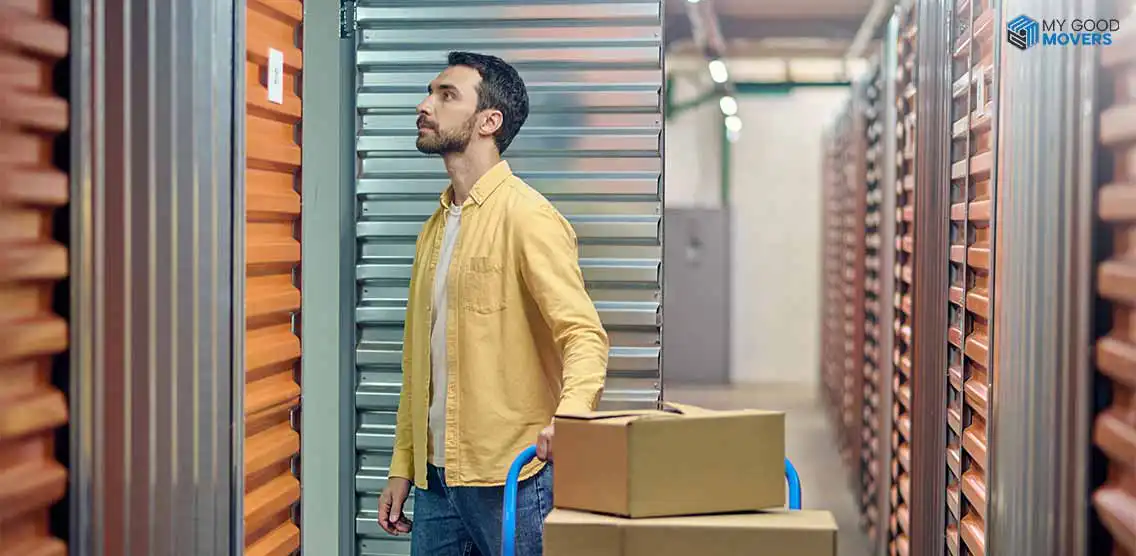
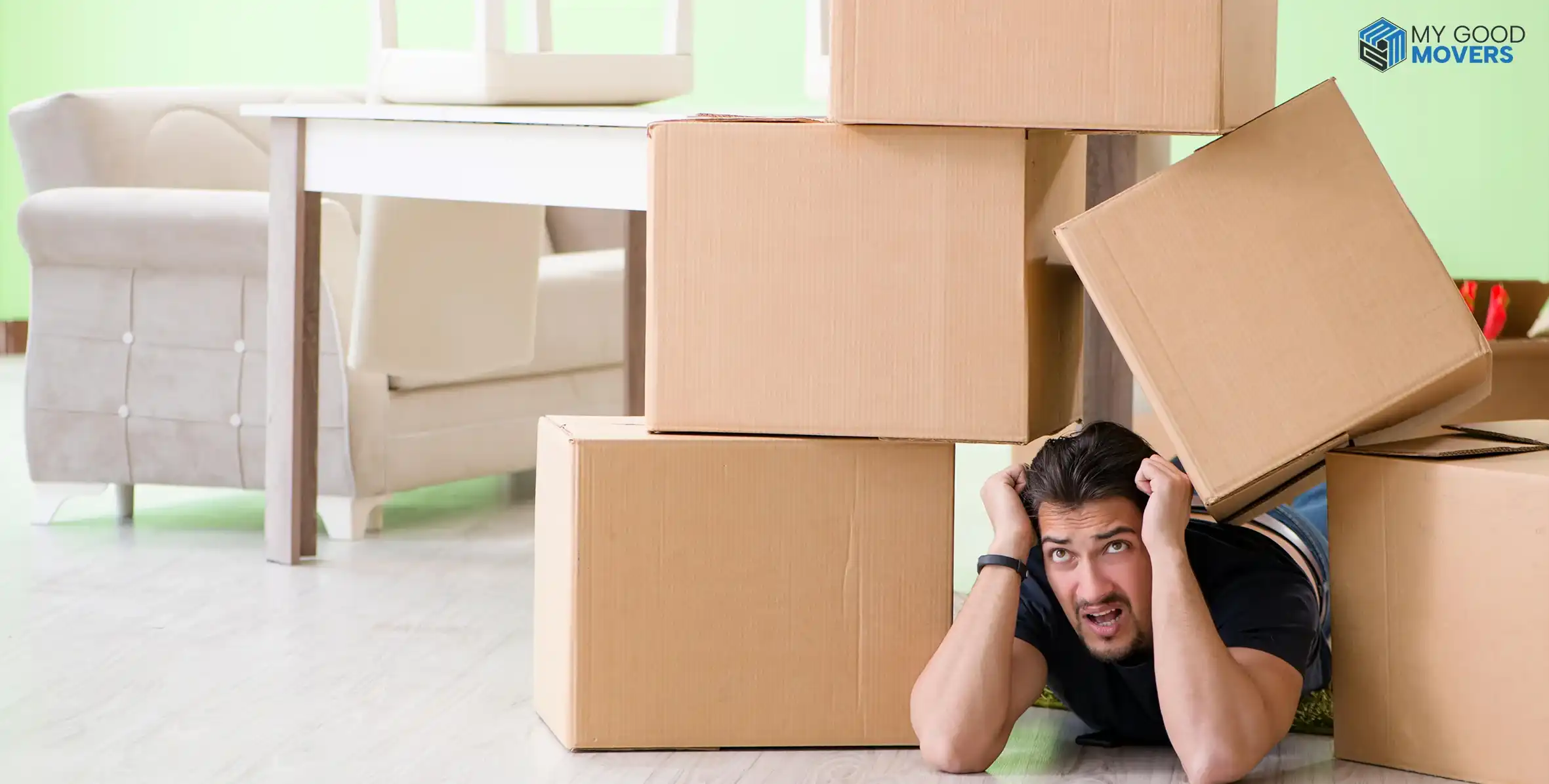

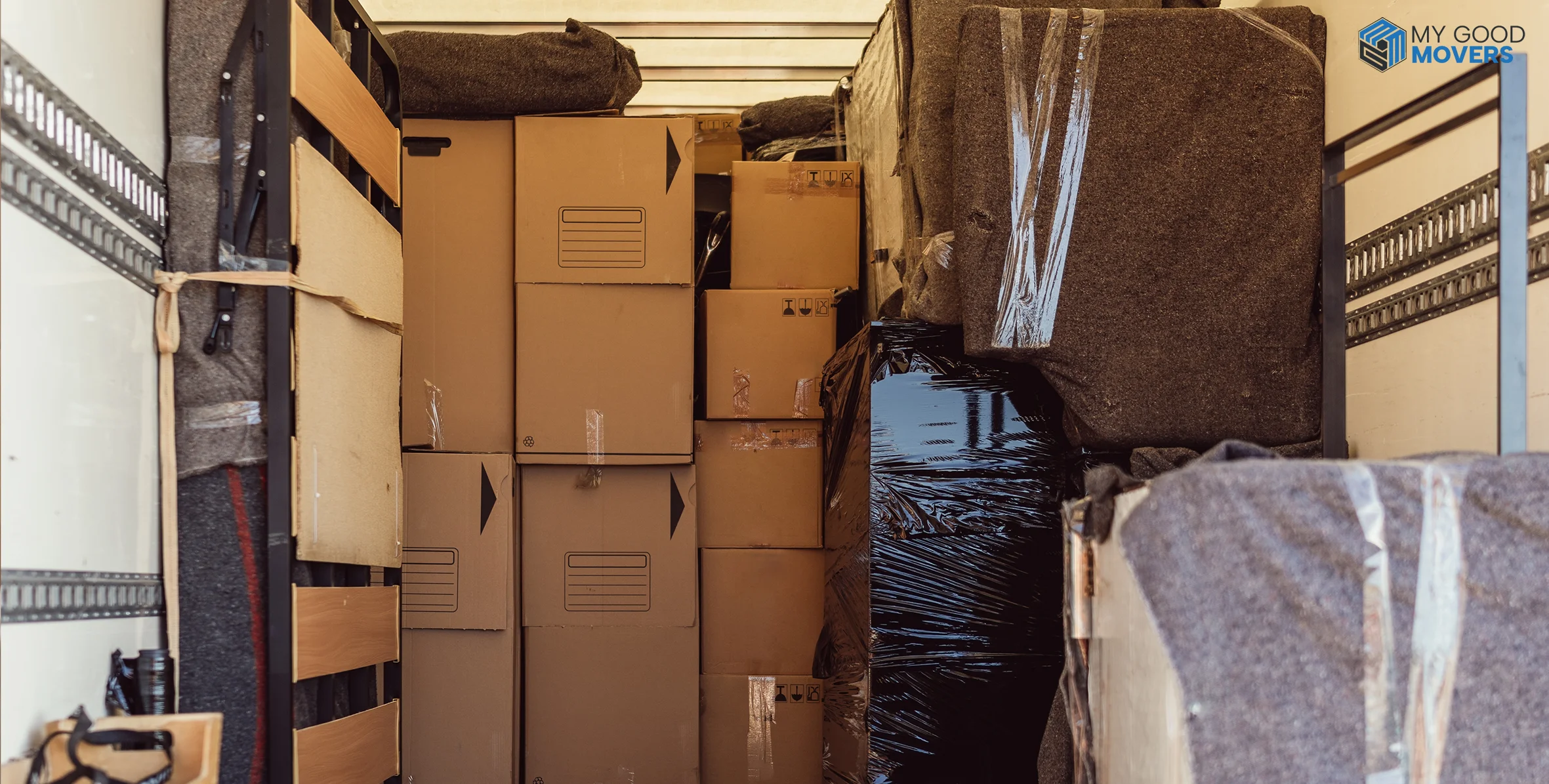
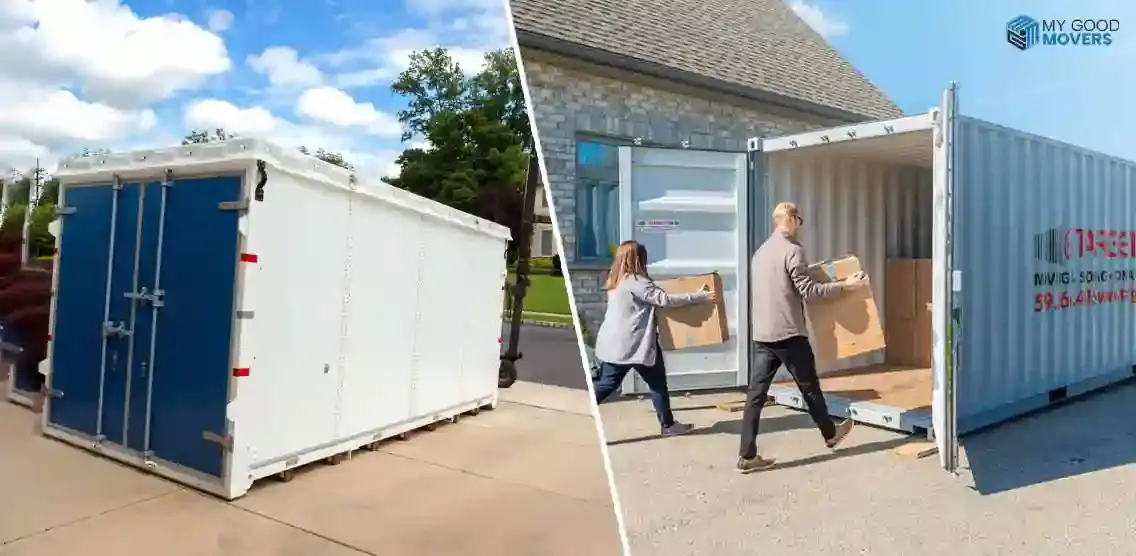



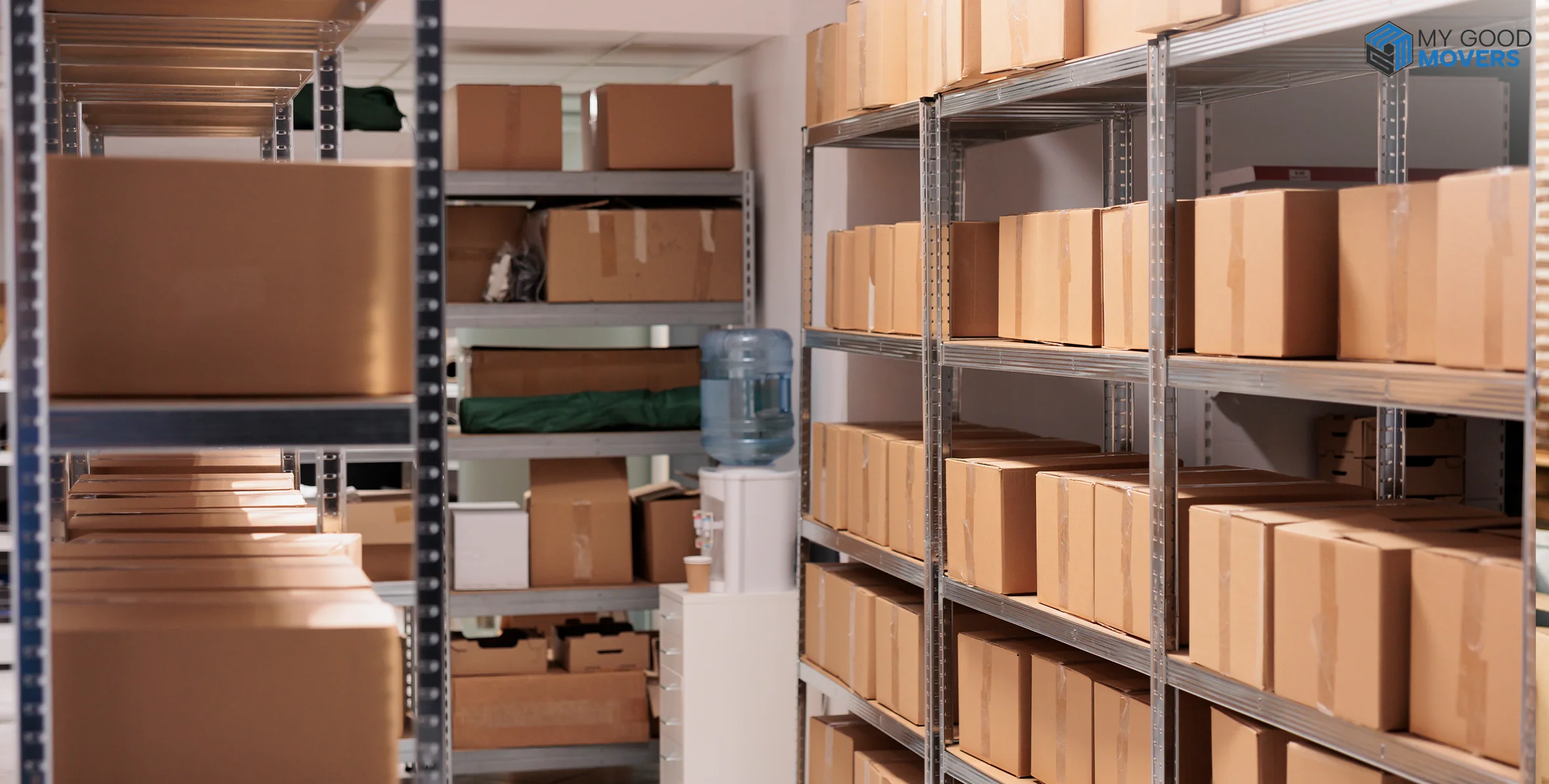



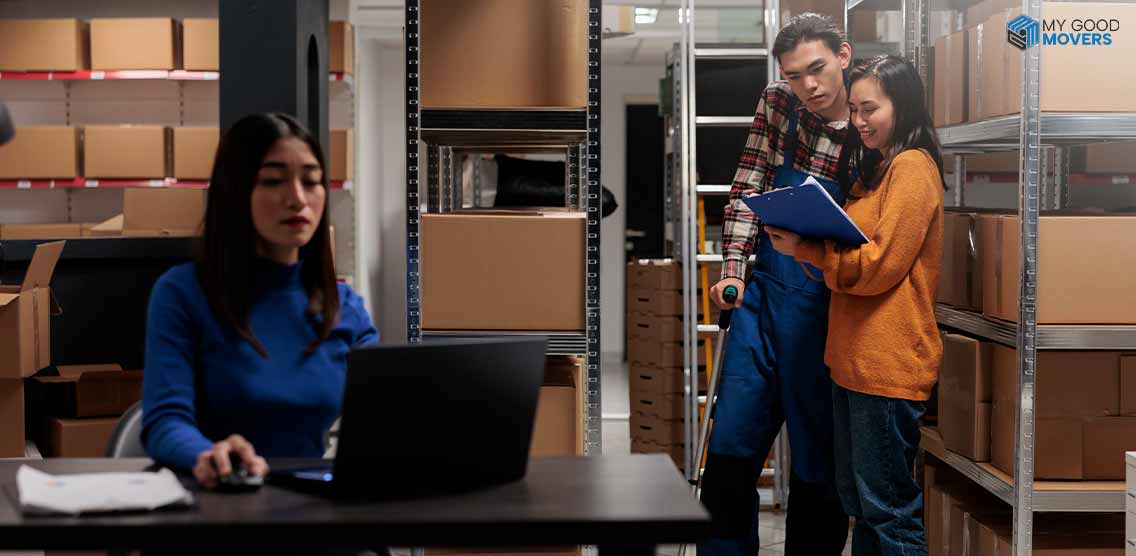
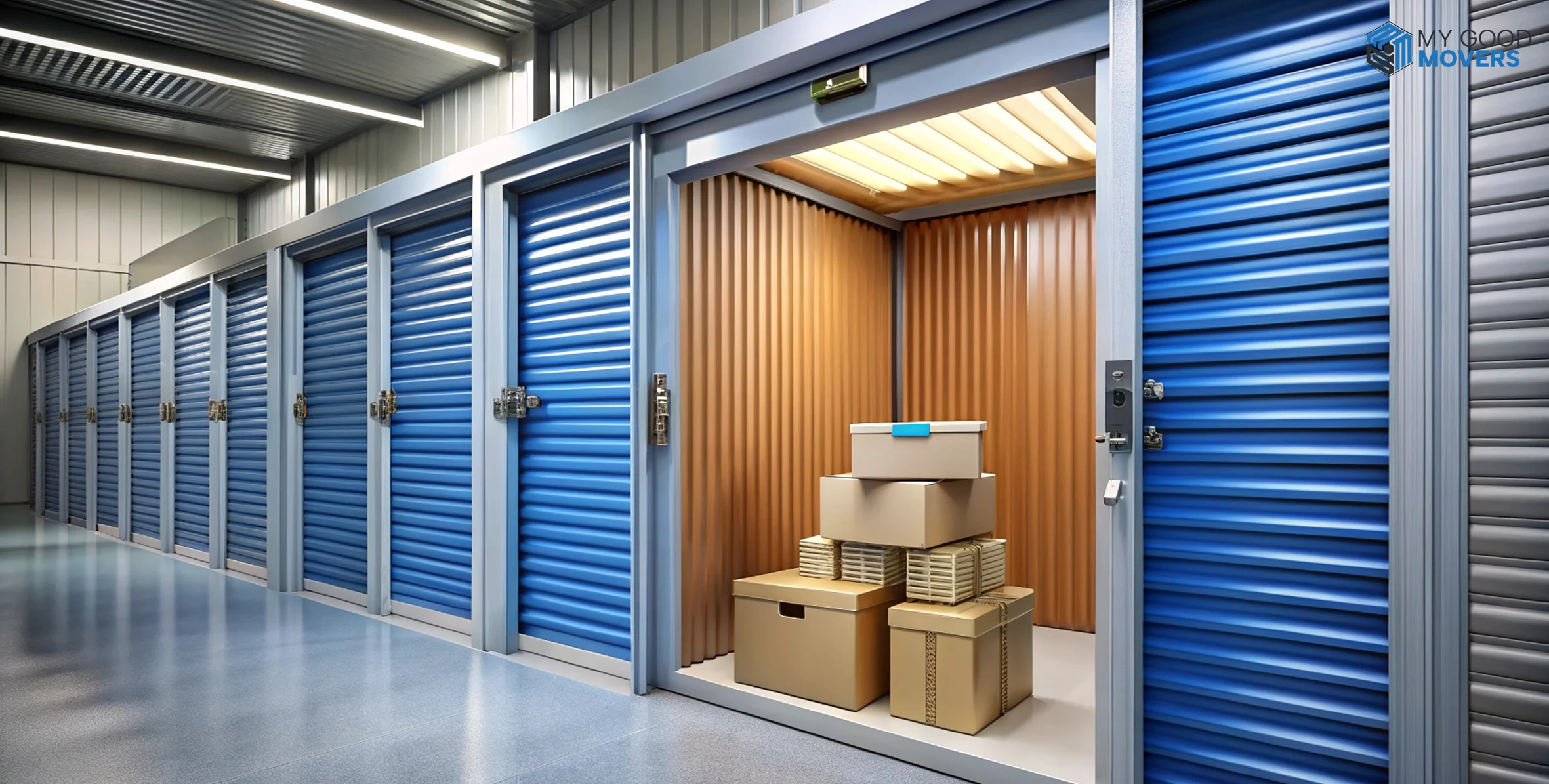
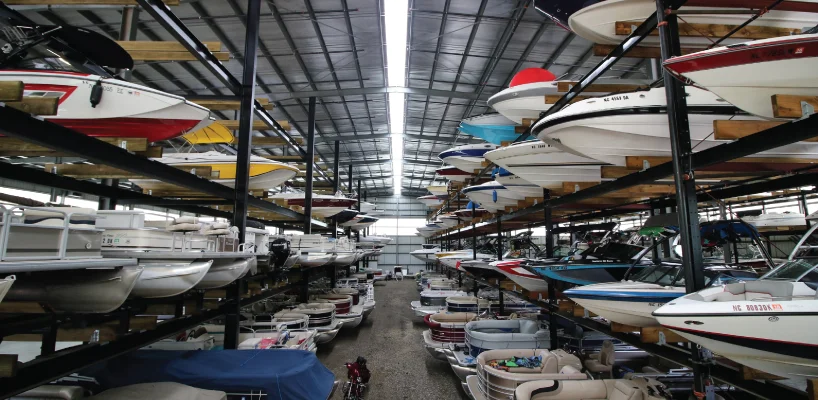

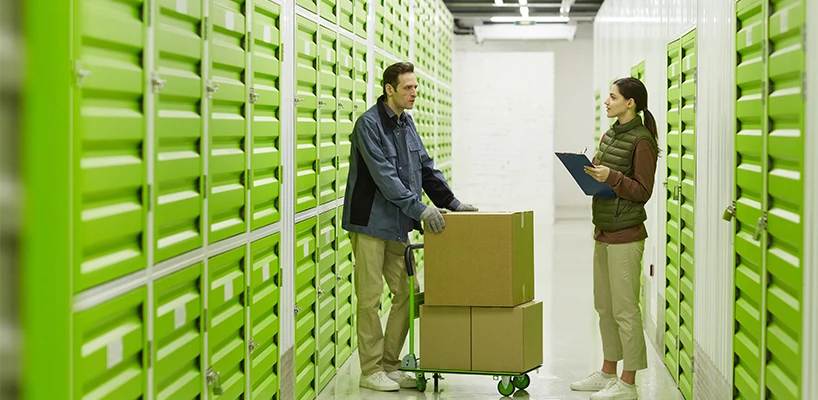
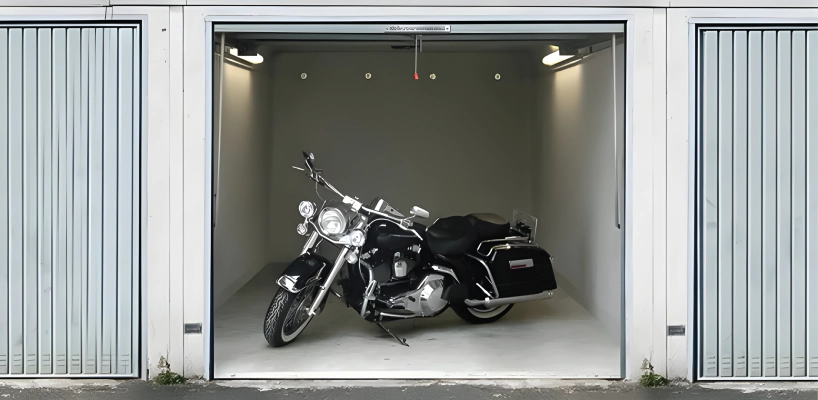

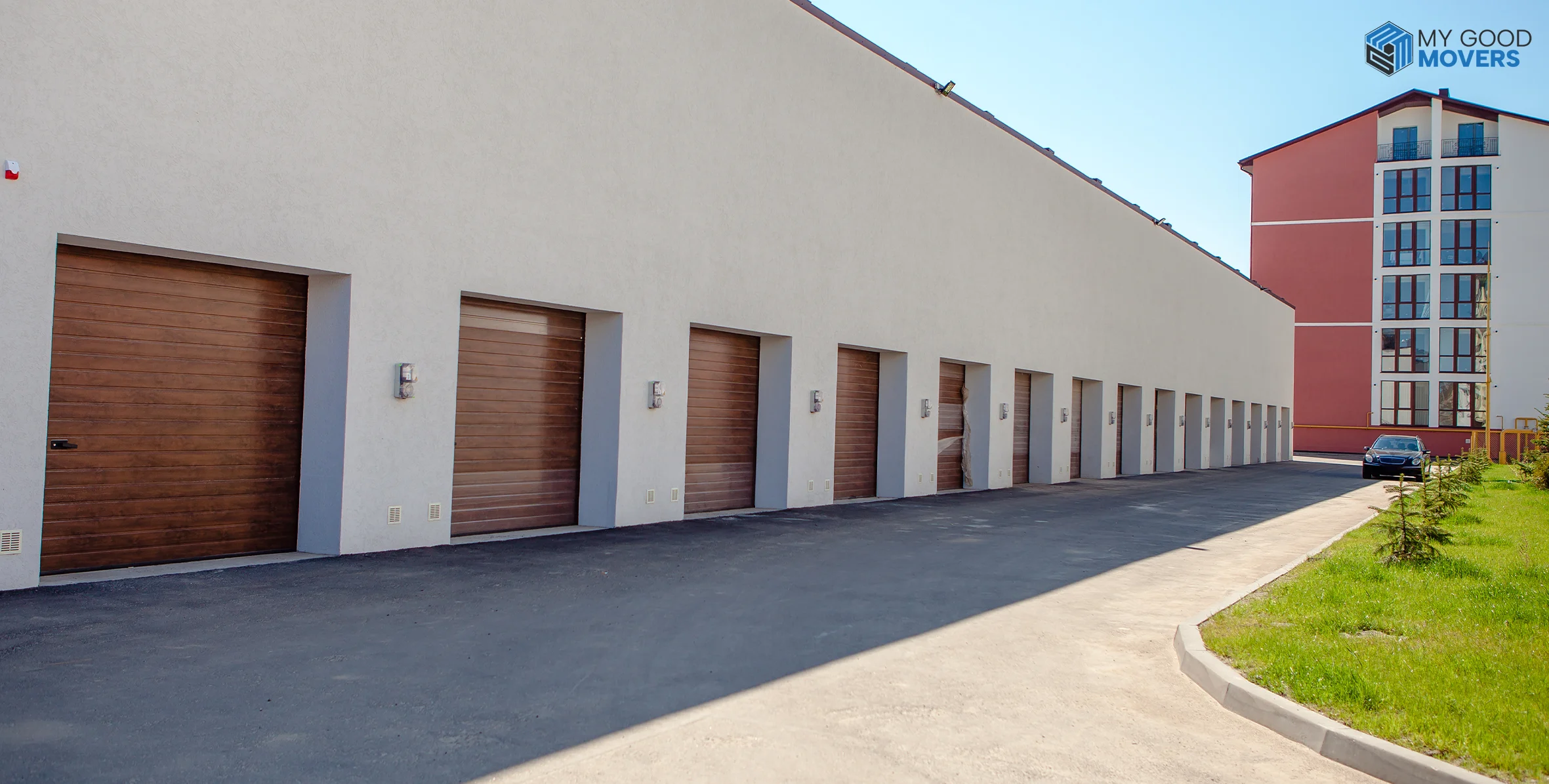
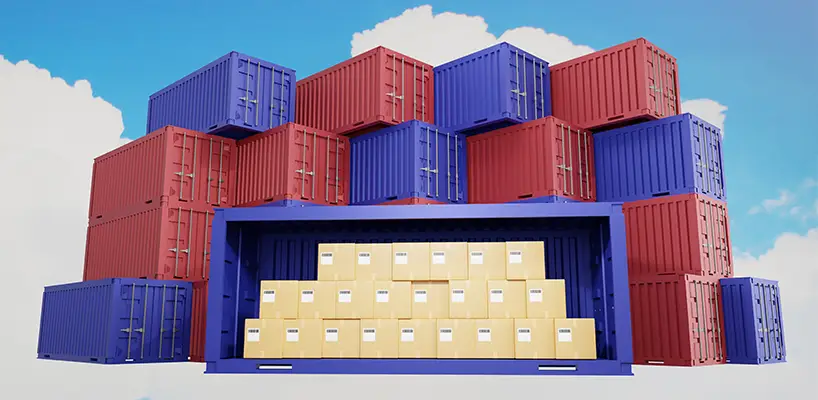

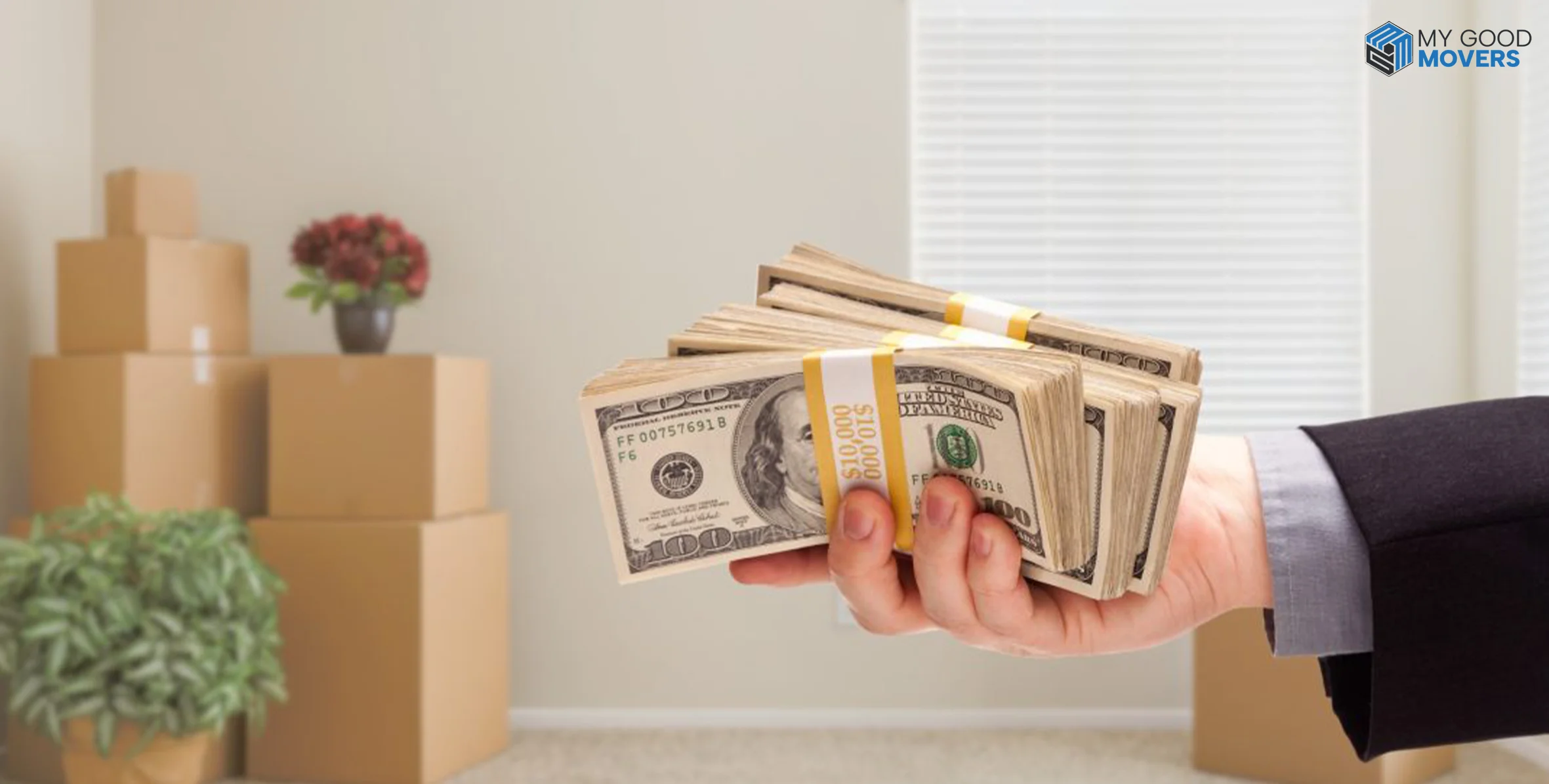
 (239) 799–6077
(239) 799–6077